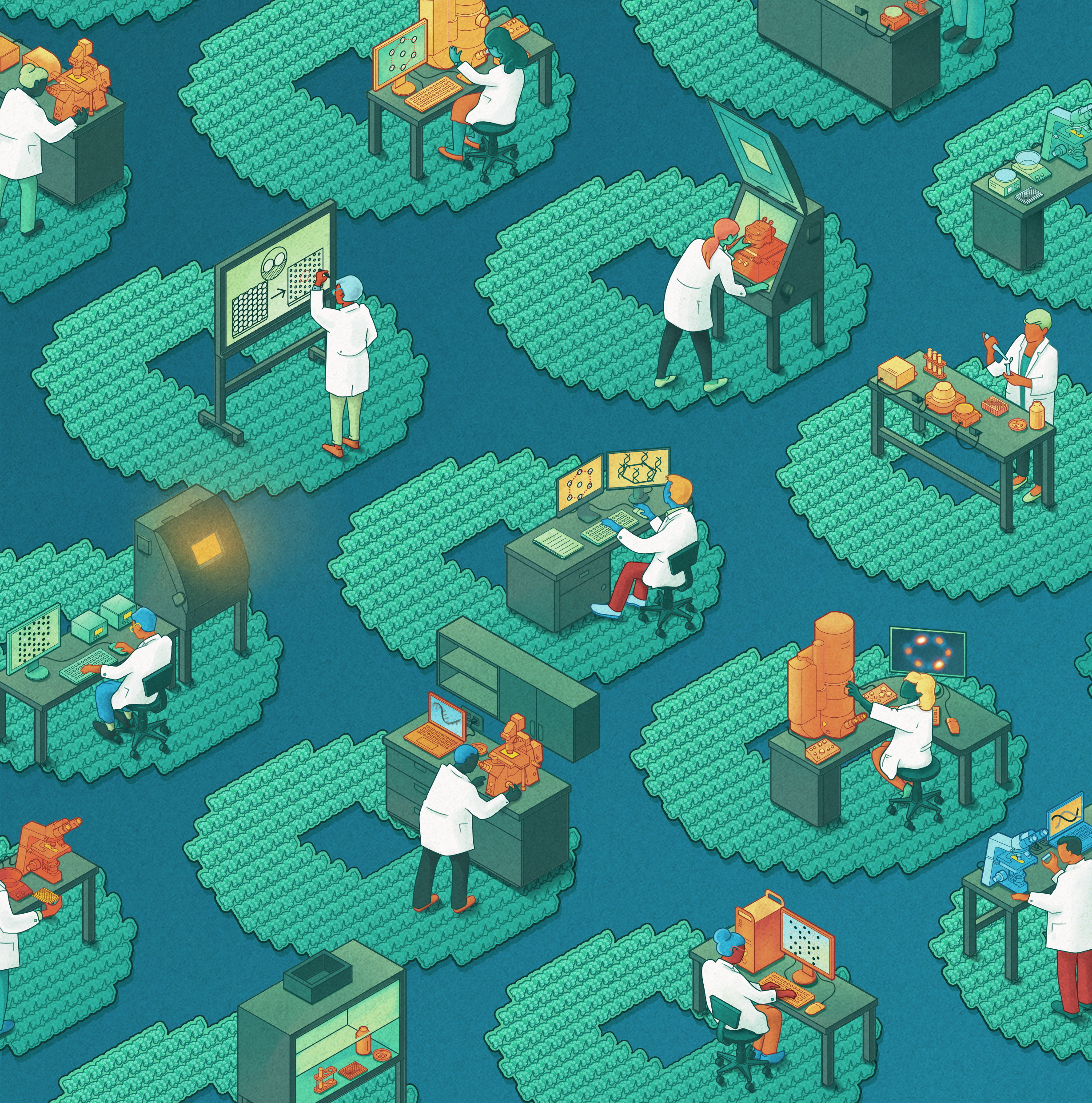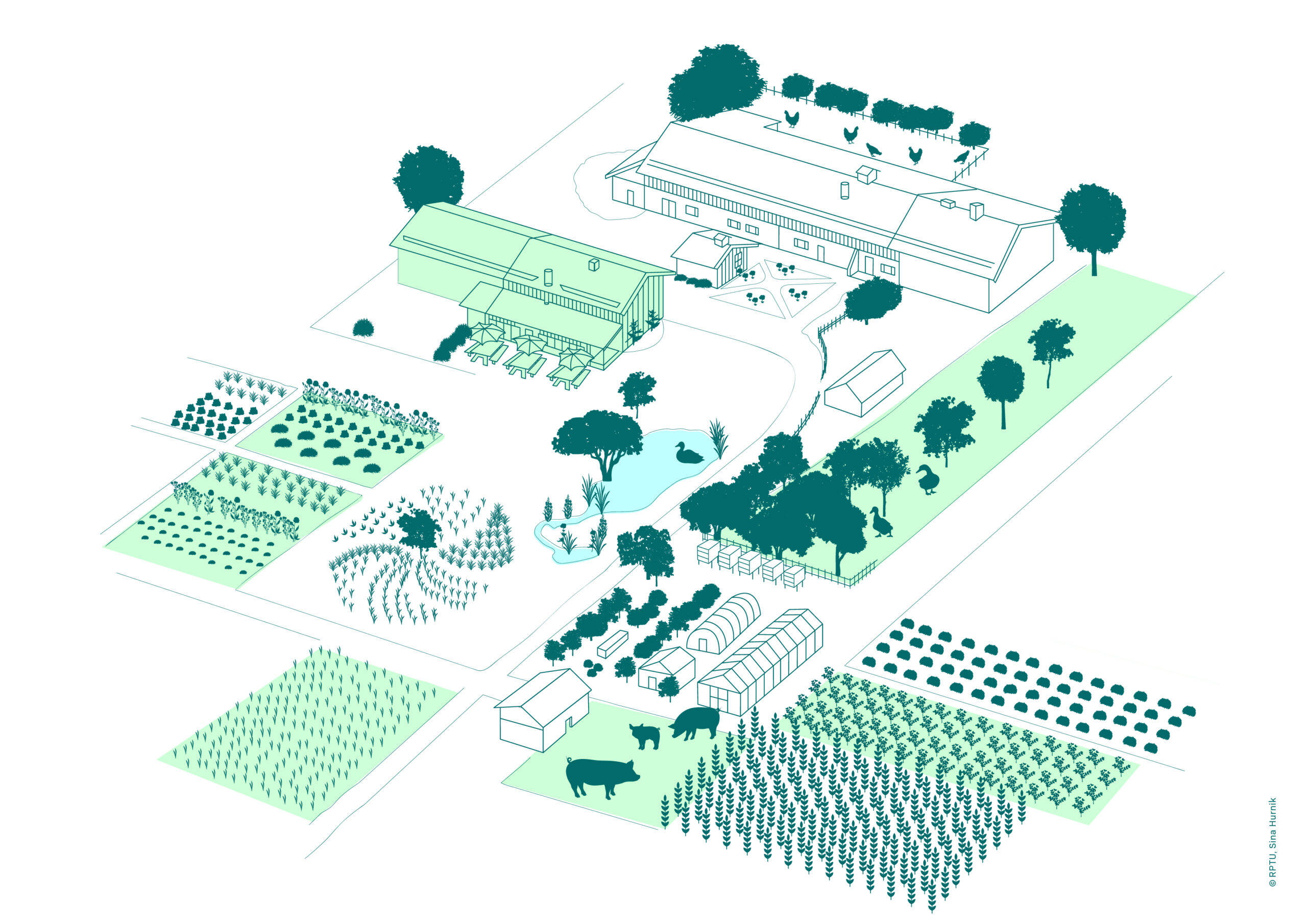Illuminating New Insights Into Lightning Initiation Through Interferometry -Dr Xuan – Min Shao, Los Alamos National Laboratory
Original Article Reference
This SciPod is a summary of the paper:
https://doi.org/10.33548/SCIENTIA604
Share Episode
About this episode
Radio frequency inteferometric lightning maps are important tools for researchers exploring the electrical processes that unfold within storm clouds. Dr Xuan-Min Shao and colleagues at Los Alamos National Laboratory in New Mexico, who first introduced broadband interferometry to lightning research over two decades ago, have now developed an advanced ‘beam steering’ interferometry technique to significantly improve the accuracy of lightning mapping. This approach, together with their recently developed polarisation detection technique, has begun to reveal new physics involved in lightning discharges. Their recent work shows how lightning initiation, which has been poorly understood until now, may be linked to high-energy cosmic particles entering Earth’s atmosphere.
This work is licensed under a Creative Commons Attribution 4.0 International License. 
What does this mean?
Share: You can copy and redistribute the material in any medium or format
Adapt: You can change, and build upon the material for any purpose, even commercially.
Credit: You must give appropriate credit, provide a link to the license, and indicate if changes were made.
More episodes
Dr Rishabh Shetty | A Novel Method for Standardizing Single Molecule Studies
Studying single molecules provides researchers with unique insights into biological mechanisms and processes and allows them to visualise microscopic structural and functional differences. However, results can be unpredictable, and investigations are labour-intensive and expensive, often requiring extensive training and highly specialised laboratory equipment. Dr Rishabh Shetty and colleagues at Arizona State University, the California Institute of Technology, and the Massachusetts Institute of Technology, USA, have recently developed a simplified single-molecule assessment technique to overcome these limitations with a view to increasing accessibility and precision in molecular-level research.
Henry DeGroot – Dr Timothy Hanusa | Grinding Towards Greener Chemistry: Synthesis Without Solvents
In the world of chemistry, solvate-assisted grinding is a new method that could revolutionize how we make important chemical compounds. Researchers Henry DeGroot and Dr. Timothy Hanusa at Vanderbilt University have developed this technique, which uses mechanical energy instead of traditional liquids. This not only makes the process more efficient, but also reduces pollution. It could lead to better medicines, advanced materials, and cleaner chemical production methods.
Julius Reiff | Soil, Seeds, and Sustainability: The Power of Permaculture during Environmental Breakdown
Pressing environmental challenges, such as soil degradation, biodiversity loss, and climate change, can negatively affect agriculture, while also being driven by common agricultural practices. To tackle this predicament and ensure food security while promoting environmental sustainability, innovative agricultural practices are essential. Permaculture, a holistic approach to farming that mimics the stability and resilience of natural ecosystems, offers a promising solution. A recent study conducted by Julius Reiff of the Institute for Environmental Science, RPTU University of Kaiserslautern-Landau, Germany, and colleagues, provides compelling evidence of the benefits of permaculture in enhancing carbon stocks, improving soil quality, and boosting biodiversity.
Dr Alan Cottey | How we can Improve our Science Communication to Create Climate Crisis Action
We are facing a climate crisis that threatens our entire world and life as we know it. Despite this, scientists have found it difficult to engage people on the issue and inspire effective action. Dr Alan Cottey at the University of East Anglia explores the history of scientists’ climate warnings and suggests a four-register model of communication that he believes has the potential to reach people with varying degrees of scientific literacy and different lifestyles.
Increase the impact of your research
• Good science communication helps people make informed decisions and motivates them to take appropriate and affirmative action.
• Good science communication encourages everyday people to be scientifically literate so that they can analyse the integrity and legitimacy of information.
• Good science communication encourages people into STEM-related fields of study and employment.
• Good public science communication fosters a community around research that includes both members of the public, policymakers and scientists.
• In a recent survey, 75% of people suggested they would prefer to listen to an interesting story than read it.

Step 1 Upload your science paper
Step 2 SciPod script written
Step 3 Voice audio recorded
Step 4 SciPod published




